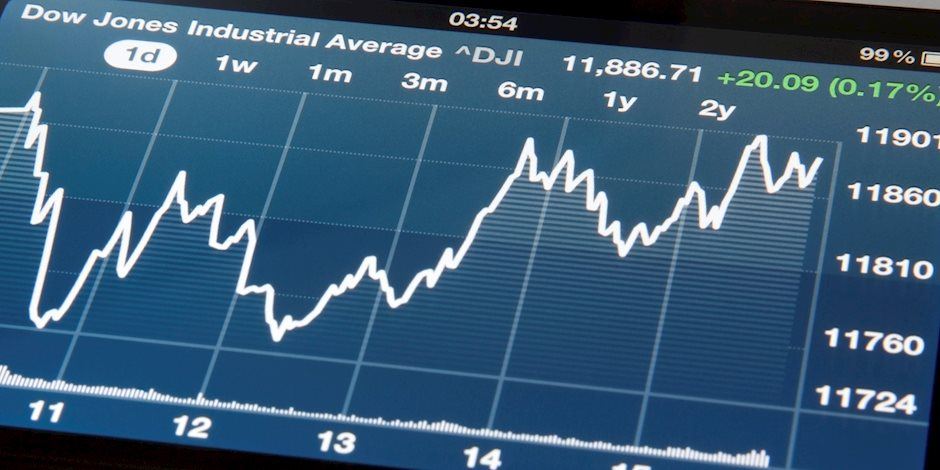All down but the Dow

USD: Sept '24 is Up at 105.445.
Energies: Jul '24 Crude is Down at 81.11.
Financials: The Sept '24 30 Year T-Bond is Up 10 ticks and trading at 120.04.
Indices: The Sept '24 S&P 500 emini ES contract is 28 ticks Lower and trading at 5537.50.
Gold: The Aug'24 Gold contract is trading Up at 2379.50
Initial conclusion
This is not a correlated market. The USD is Up and Crude is Down which is normal, and the 30 Year T-Bond is trading Up. The Financials should always correlate with the US dollar such that if the dollar is Higher, then the bonds should follow and vice-versa. The S&P is Lower and Crude is trading Lower which is not correlated. Gold is trading Higher which is not correlated with the US dollar trading Up. I tend to believe that Gold has an inverse relationship with the US Dollar as when the US Dollar is down, Gold tends to rise in value and vice-versa. Think of it as a seesaw, when one is up the other should be down. I point this out to you to make you aware that when we don't have a correlated market, it means something is wrong. As traders you need to be aware of this and proceed with your eyes wide open. Asia is trading mainly Lower. Currently all of Europe is trading Lower.
Possible challenges to traders
-
Flash Manufacturing PMI is out at 9:45 AM EST. This is Major.
-
Flash Services PMI is out at 9:45 AM EST. This is Major.
-
Existing Home Sales is out at 10 AM EST. This is Major.
-
CB Leading Index m/m is out at 10 AM EST. This is Major.
-
Natural Gas Storage is out at 10:30 AM EST. This is Major.
Traders, please note that we've changed the Bond instrument from the 10 year (ZN) to the 2 year (ZT). They work exactly the same.
We've elected to switch gears a bit and show correlation between the 10-year Treasury notes (ZN) and the S&P futures contract. The YM contract is the Dow Jones Industrial Average, and the purpose is to show reverse correlation between the two instruments. Remember it's likened to a seesaw, when up goes up the other should go down and vice versa.
Yesterday the ZT migrated Lower at around 8:30 AM EST when all the 8:30 news was reported. If you look at the charts below the ZT gave a signal at around 8:30 AM and started its Downward slide. Look at the charts below and you'll see a pattern for both assets. The Dow moved Higher at around 8:30 AM and the ZT moved Lower at around the same time. These charts represent the newest version of BarCharts and I've changed the timeframe to a 15-minute chart to display better. This represented a Short opportunity on the 2-year note, as a trader you could have netted about 30 ticks per contract on this trade. Each tick is worth $7.625. Please note: the front month for ZT is Sept and the S&P is now Sept '24. This will be the last time we show a June contract for the Dow. I've changed the format to filled Candlesticks (not hollow) such that it may be more apparent and visible.
Charts courtesy of barcharts
ZT -Sept 2024 - 06/20/24
Dow - Jun 2024 - 06/20/24
Bias
Yesterday, we gave the markets an Upside bias as the Bonds were trading Lower and that usually signifies an Upside Day. We were partially correct in that the Dow gained about 300 points on the day however, the other indices lost ground and fell. Today we aren't dealing with a correlated market and our bias is to the Downside.
Could this change? Of Course. Remember anything can happen in a volatile market.
Commentary
Yesterday we gave the markets an Upside bias as the bonds were trading Lower (and that usually reflects an Upside Day) but additionally it was the day after a holiday in the US and the markets were closed for Juneteeth Day. Usually (but not always) when the markets are closed for a holiday, we see the situation where there is pent up demand for either buying or selling. Yesterday it appeared as though the demand was for buying hence the Upside bias. Today we have Existing Home Sales, Flash Manufacturing PMI and Services. These are major and proven market movers.
Author

Nick Mastrandrea
Market Tea Leaves



















